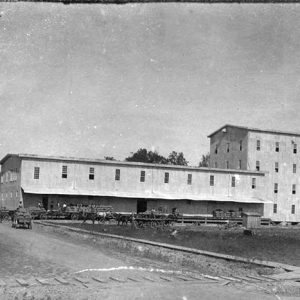 L. A. Black Rice Mill
L. A. Black Rice Mill
Entry Type: Place - Starting with L
 L. A. Black Rice Mill
L. A. Black Rice Mill
 L. G. Young Store
L. G. Young Store
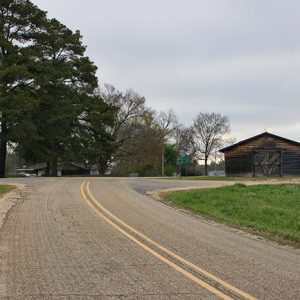 Lacey
Lacey
 Lackey's Hot Tamales
Lackey's Hot Tamales
LaCrosse (Izard County)
LaCrosse Collegiate Institute
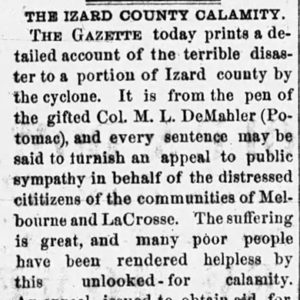 LaCrosse Tornado Article
LaCrosse Tornado Article
Lafayette County
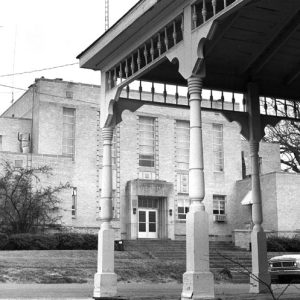 Lafayette County Courthouse
Lafayette County Courthouse
 Lafayette Hotel
Lafayette Hotel
Lafe (Greene County)
LaGrange (Lee County)
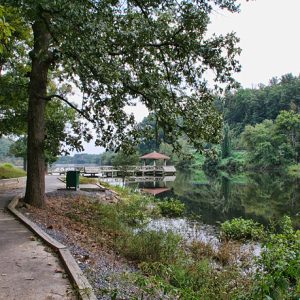 Lake Bennett
Lake Bennett
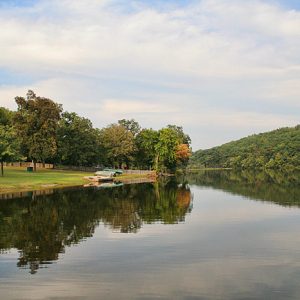 Lake Bennett
Lake Bennett
Lake Catherine State Park
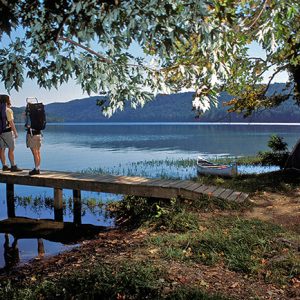 Lake Catherine State Park
Lake Catherine State Park
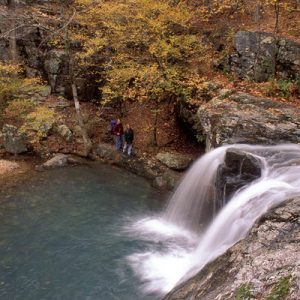 Lake Catherine State Park
Lake Catherine State Park
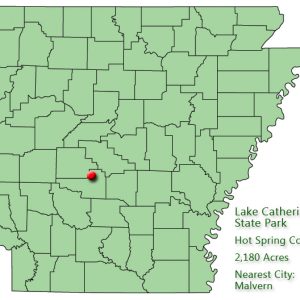 Lake Catherine State Park: Park Location
Lake Catherine State Park: Park Location
Lake Charles State Park
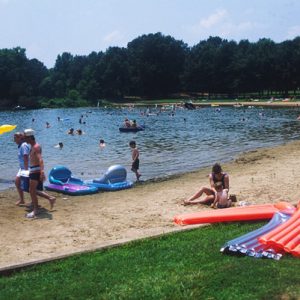 Lake Charles State Park
Lake Charles State Park
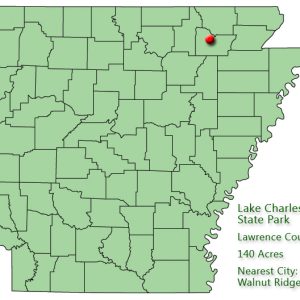 Lake Charles State Park: Park Location
Lake Charles State Park: Park Location
Lake Chicot State Park
 Lake Chicot State Park
Lake Chicot State Park
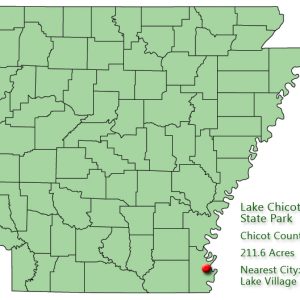 Lake Chicot State Park: Park Location
Lake Chicot State Park: Park Location
Lake City (Craighead County)
Lake Conway
aka: Craig D. Campbell Lake Conway Reservoir
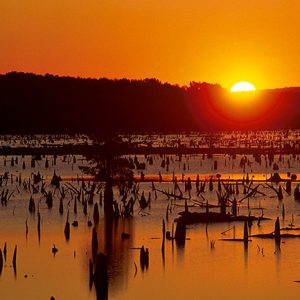 Lake Conway
Lake Conway
Lake Dardanelle State Park
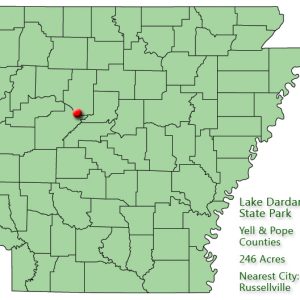 Lake Dardanelle State Park: Park Location
Lake Dardanelle State Park: Park Location
 Lake Dardanelle State Park
Lake Dardanelle State Park
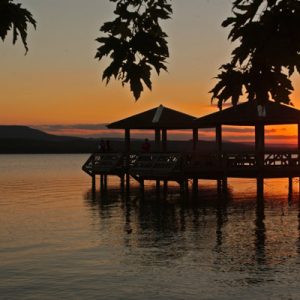 Lake Dardanelle State Park
Lake Dardanelle State Park
Lake Dick
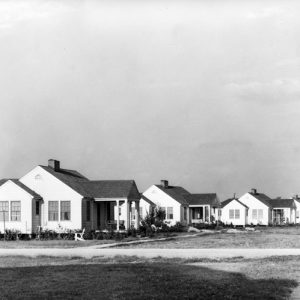 Lake Dick Housing
Lake Dick Housing
 Lake Dunn
Lake Dunn
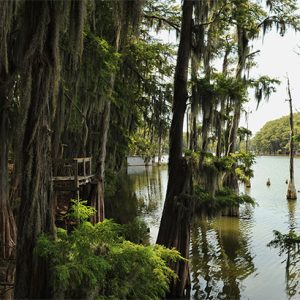 Lake Enterprise
Lake Enterprise
Lake Fort Smith State Park
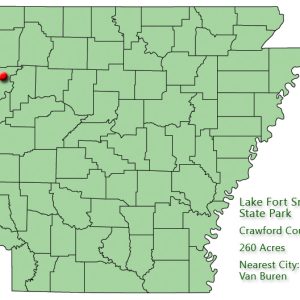 Lake Fort Smith State Park: Park Location
Lake Fort Smith State Park: Park Location
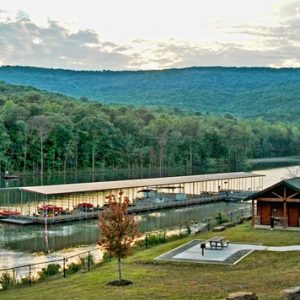 Lake Fort Smith Marina
Lake Fort Smith Marina
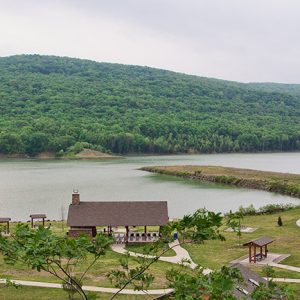 Lake Fort Smith State Park
Lake Fort Smith State Park
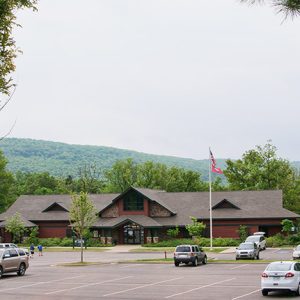 Lake Fort Smith State Park
Lake Fort Smith State Park
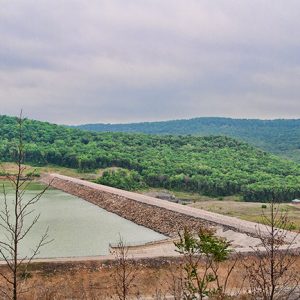 Lake Fort Smith Dam
Lake Fort Smith Dam
Lake Frierson State Park
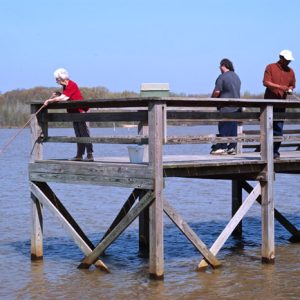 Lake Frierson State Park
Lake Frierson State Park
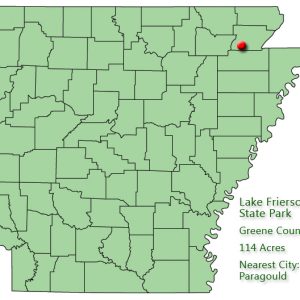 Lake Frierson State Park: Park Location
Lake Frierson State Park: Park Location
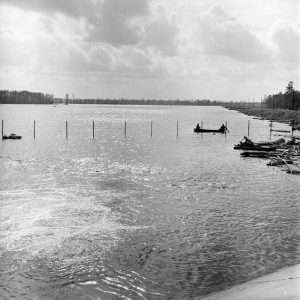 Lake Georgia Pacific
Lake Georgia Pacific
 Lake Hamilton
Lake Hamilton
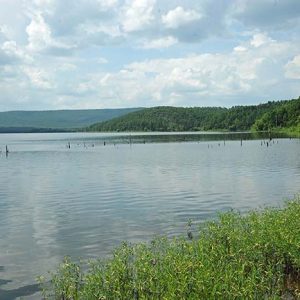 Lake Hinkle
Lake Hinkle
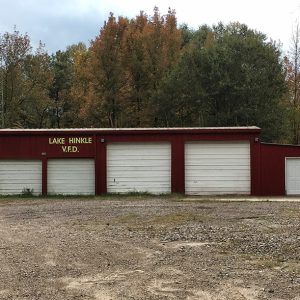 Lake Hinkle VFD
Lake Hinkle VFD
Lake Lucerne
 Lake Maumelle
Lake Maumelle




